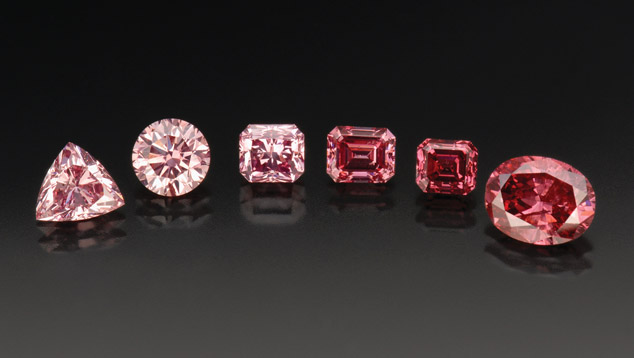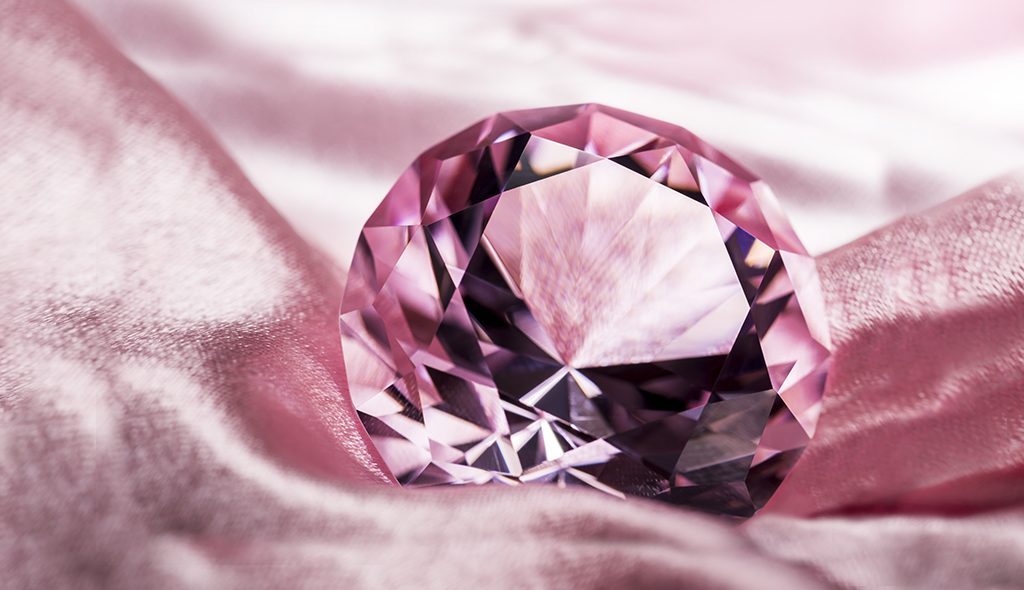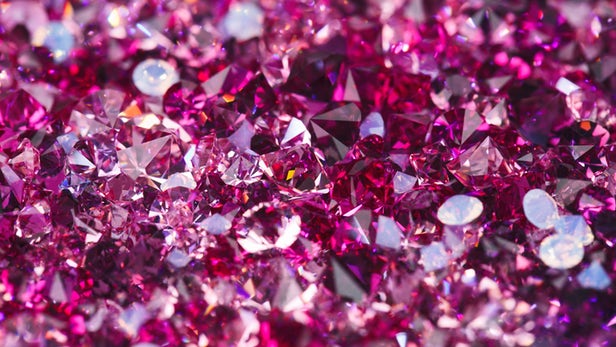Pink Diamond Buying Guide

Pink diamonds are cut into a variety of shapes. We often confuse shape and size. The shape refers to the model of the pink diamond such as oval, pear or heart.
Except for the “Emerald Size” which is both the name of a shape and a type of size (to degrees) as well as to a certain extent the “Princess Size” (mixed), the size of Pink diamonds refers only to its faceting and a set of proportions whose result is to reflect the light optimally. When we mention the form, it is simply the model. When choosing, it’s a matter of taste.

Rondist (girdle) of Pink Diamonds
The girdle is the belt or the outer edge of a pink diamond. It may look different depending on the treatment that is applied to it. It’s a diamond choice: brittle (matt), polished (shiny), or faceted.
This feature does not affect the value of a pink diamond. The rounder is evaluated according to its thickness. It is usually defined as follows:
– Extremely Thin = Extremely Thin
– Very Thin = Very Thin
– Thin = Thin
– Medium = Medium
– Slightly Thick = Slightly Thick
– Thick = Thick
– Very Thick = Very Thick
– Extremely Thick = Extremely Thick
If the girdle is of uneven thickness, which is often the case, it can also be described with a combination of the foregoing terms. For example “Thin to Thick” for “Thin to Thick”.
It can also be defined in proportion to the height of the diamond, for example: 3.5% for an average thickness. It is recommended to avoid extremes. When buying a pink diamond, choose it with a rondist that is neither extremely thin nor extremely thick.Colette (culet)
The colette is the point that corresponds to the end of the breech, the lower part of the pink diamond. In some cases this tip may be terminated by a small facet, making it the 58th facet for a round diamond. Colette is usually defined as follows:
– Closed = None or Pointed
– Very Small = Very Small
– Small = Small
– Medium = Medium
– Large = Large
– Very Large = Very Large

Polished Pink Diamonds
Polishing refers to finishing polishing facets. Each facet will need to be carefully polished by the pink diamond cutter to shine and be free of surface imperfections. The polish of a pink diamond is usually defined as follows:
– Excellent
– Very Good = Very Good
– Good = Good
– Fair = Fair
– Poor = Poor
Symmetry (symmetry) of Pink Diamonds
This feature refers to the alignment and positioning of the facets. Each facet must be placed in proportion and relationship with the other facets. The diamond must be cut in such a way that each facet is arranged proportionally and in relation to the other facets at precisely defined angles to each other. The alignment of each facet will be clear and precise. The symmetry of a diamond is usually defined as follows:
– Excellent
– Very Good = Very Good
– Good = Good
– Fair = Fair
– Poor = Poor

Fluorescence of Pink Diamonds
Fluorescence is not directly related to the color of a diamond. This feature refers to the ability of the diamond to glow under ultraviolet (UV) radiation. The most common source of UV is black light.
When exposed to this light, many diamonds emit a fluorescence of variable color, blue being the most widespread. The fluorescence of a diamond is defined as follows:
– None = None
– Light = Faint or Slight
– Medium = Medium
– Strong = Strong
– Intense = Very Strong
This intensity can affect the price of a diamond: On the decline on a colorless diamond, up on a tinted diamond, the latter having a whiter appearance in case of intense fluorescence.
Pink Diamond Certificate
The right appreciation of a diamond is crucial to estimate its value. This could be greatly affected by the slightest error. It is therefore very important that your pink diamond be accompanied by a certificate from an independent gemology laboratory mentioning all its characteristics.
Read also : Pink Diamond Buying Guide
